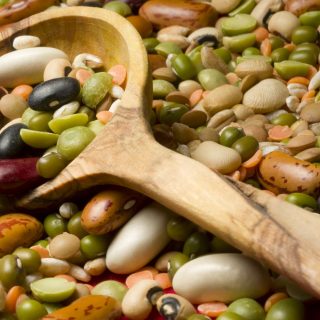 Sharon V. Salinger’s Taverns and Drinking in Early America supplies the first study of public houses and drinking throughout the mainland British colonies. At a time when drinking water supposedly endangered one’s health, colonists of every rank, age, race, and gender drank often and in quantity, and so taverns became arenas for political debate, business transactions, and small-town gossip sessions. Salinger explores the similarities and differences in the roles of drinking and tavern sociability in small towns, cities, and the countryside; in Anglican, Quaker, and Puritan communities; and in four geographic regions. Challenging the prevailing view that taverns tended to break down class and gender differences, Salinger persuasively argues they did not signal social change so much as buttress custom and encourage exclusion.
Sharon V. Salinger’s Taverns and Drinking in Early America supplies the first study of public houses and drinking throughout the mainland British colonies. At a time when drinking water supposedly endangered one’s health, colonists of every rank, age, race, and gender drank often and in quantity, and so taverns became arenas for political debate, business transactions, and small-town gossip sessions. Salinger explores the similarities and differences in the roles of drinking and tavern sociability in small towns, cities, and the countryside; in Anglican, Quaker, and Puritan communities; and in four geographic regions. Challenging the prevailing view that taverns tended to break down class and gender differences, Salinger persuasively argues they did not signal social change so much as buttress custom and encourage exclusion.
Contents :
1. Dutch and English origins : for the “receiving and refreshment of travaillers and strangers”
2. Inside the tavern : “knots of men rightly sorted”
3. Preventing drunkenness and keeping good order in the seventeenth century : “a hard of planters on the ground/O’er-whelmed with punch, dead drunk we found”
4. Eighteenth-century legislation and prosecution : “lest a flood of rum do overwhelm all good order among us”
5. Licensing criteria and law in the eighteenth century : “sobriety, honesty and discretion in the … masters of such houses”
6. Too many taverns? : “little better than nurseries of vice and debauchery”
7. The tavern degenerate : “rendezvous of the very dreggs of the people”
Order the book
Food 2.0 LAB in association with Amazon
Books by the same author –

















